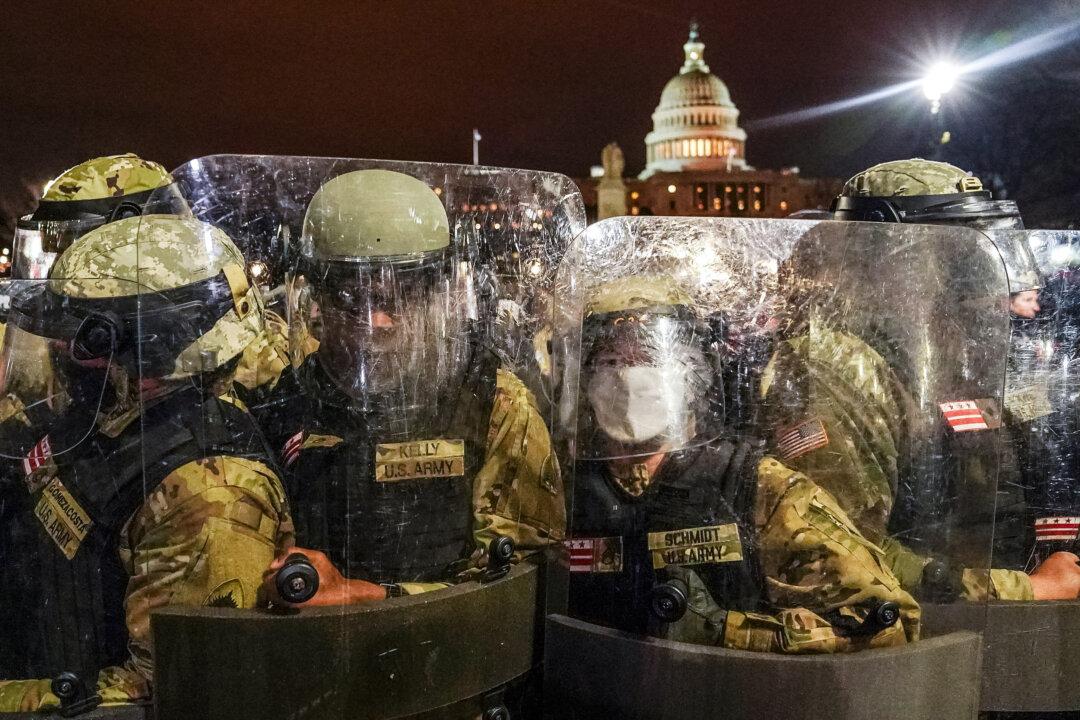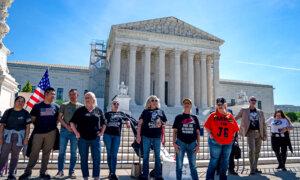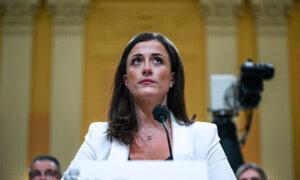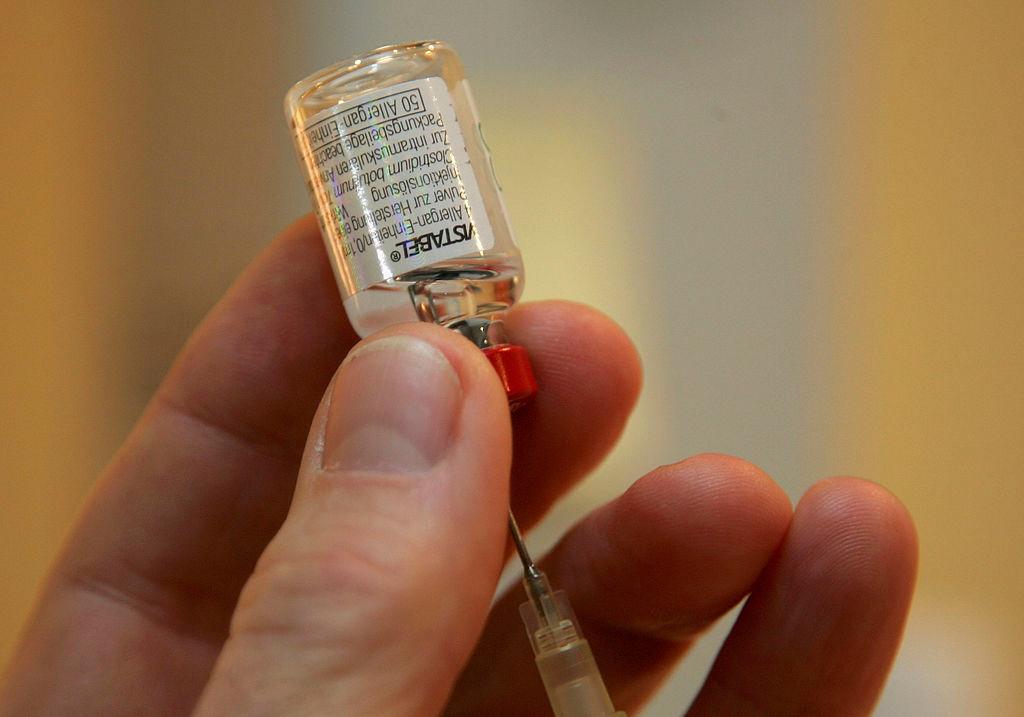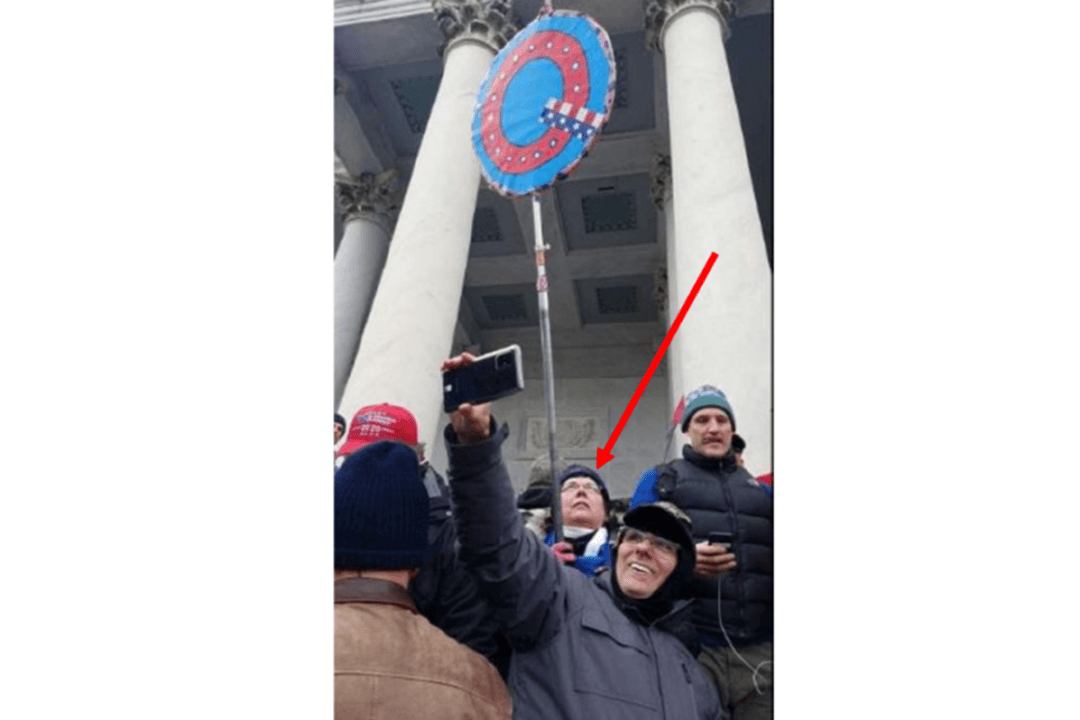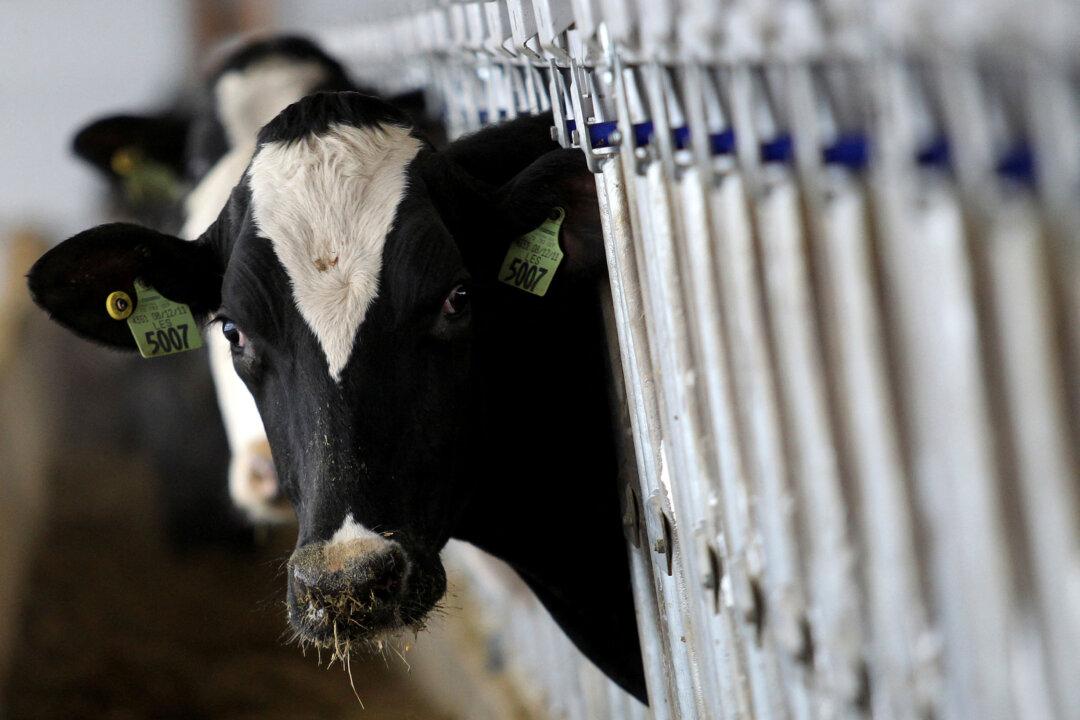D.C. National Guard members who have never talked publicly are set to challenge claims about what happened on Jan. 6, 2021.
The members are going to testify on April 17 that narratives contained in an official report on Jan. 6 “are false,” Rep. Barry Loudermilk (R-Ga.) told The Epoch Times.
Brig. Gen. Aaron Dean, the D.C. National Guard’s adjutant general, and Capt. Timothy Nick, a top aide to the D.C. National Guard’s commanding general, will be speaking for the first time in public about the events that unfolded on Jan. 6.
D.C. National Guard Command Sgt. Michael Brooks, a senior officer with the Guard until he retired in 2022, and Col. Earl Matthews, a lawyer who was with Commanding General William Walker throughout the day, are also scheduled to testify to the House of Representatives Administration Committee’s Subcommittee on Oversight in the public hearing on Wednesday.
“We have several whistleblowers that have come forward and said a lot of what’s in that DOD IG report is false. It’s fabricated,” Mr. Loudermilk told The Epoch Times.
That includes purported calls in the 3 and 4 o'clock hours from Army Secretary Ryan McCarthy and Brig. Gen. Christopher LaNeve, an Army official who worked closely with Mr. McCarthy, to Major Gen. Walker. The calls have been described as authorizing the mobilization of Guard personnel and deployment of the personnel to the Capitol grounds.
“These witnesses say those phone calls were never made,” Mr. Loudermilk said.
“We stand by our January 6th Report and have no further comment at this time,” a DOD IG spokesperson told The Epoch Times via email.
The Pentagon referred a request for comment to the Guard, which did not respond.
Both Col. Matthews and Major Gen. Walker have denied that Major Gen. Walker was called by Mr. McCarthy or Brig. Gen. LaNeve during the timeframe.
Other parts of the military, though, have said the calls took place.
Mr. McCarthy has said that the deployment order was conveyed through Brig. Gen. LaNeve as he was nearby. Brig. Gen. LaNeve told the now-disbanded House Jan. 6 committee that he did not convey a deployment order to Major Gen. Walker but that he heard Mr. McCarthy convey such an order on a call around 4:35 p.m. Mr. McCarthy has said that he did not speak to Major Gen. Walker during that timeframe.
Major Gen. Walker has said that the purported calls at 3:05 p.m., 4:35 p.m., and 4:35 p.m. did not take place. He said the deployment order was conveyed by Mr. McConville.
The deployment finally happened after repeated requests from Steven Sund, the chief of the U.S. Capitol Police. It took more than an hour for Mr. Sund to receive approval from the Capitol Police Board to make the requests. After that, he contacted military officials around 2 p.m. asking for assistance.
Optics?
The personnel testifying on Wednesday are also planning to corroborate allegations that top military officials said they were concerned about the optics of sending Guard personnel to the Capitol.“We have witnesses saying they personally heard that several times, and others had heard it as well,” Mr. Loudermilk said. “That their concern was more optics than it was just defending the Capitol.”
In a conference call at 2:30 p.m., according to the memo from Major Gen. Walker and Col. Matthews, Army officials Lt. Gen. Walter Piatt and Gen. Charles Flynn described the optics of having uniformed military personnel at the Capitol as “not good.”
They instead suggested Guardsmen relieve Washington officers of traffic duty, enabling those officers to go to the Capitol.
“I don’t like the visual of the National Guard standing a line with the Capitol in the background. I would much rather relieve USCP officers from other posts so they can handle the protestors,” Lt. Gen. Piatt said on the call, according to Major Gen. Walker, Col. Matthews, and Mr. Sund.
Gen. Flynn told the House Oversight Committee in 2021 that “I never expressed a concern about the visuals, image, or public perception of sending the D.C. National Guard to the U.S. Capitol.”
Both officials said they worked to support Mr. McCarthy’s decisions.
